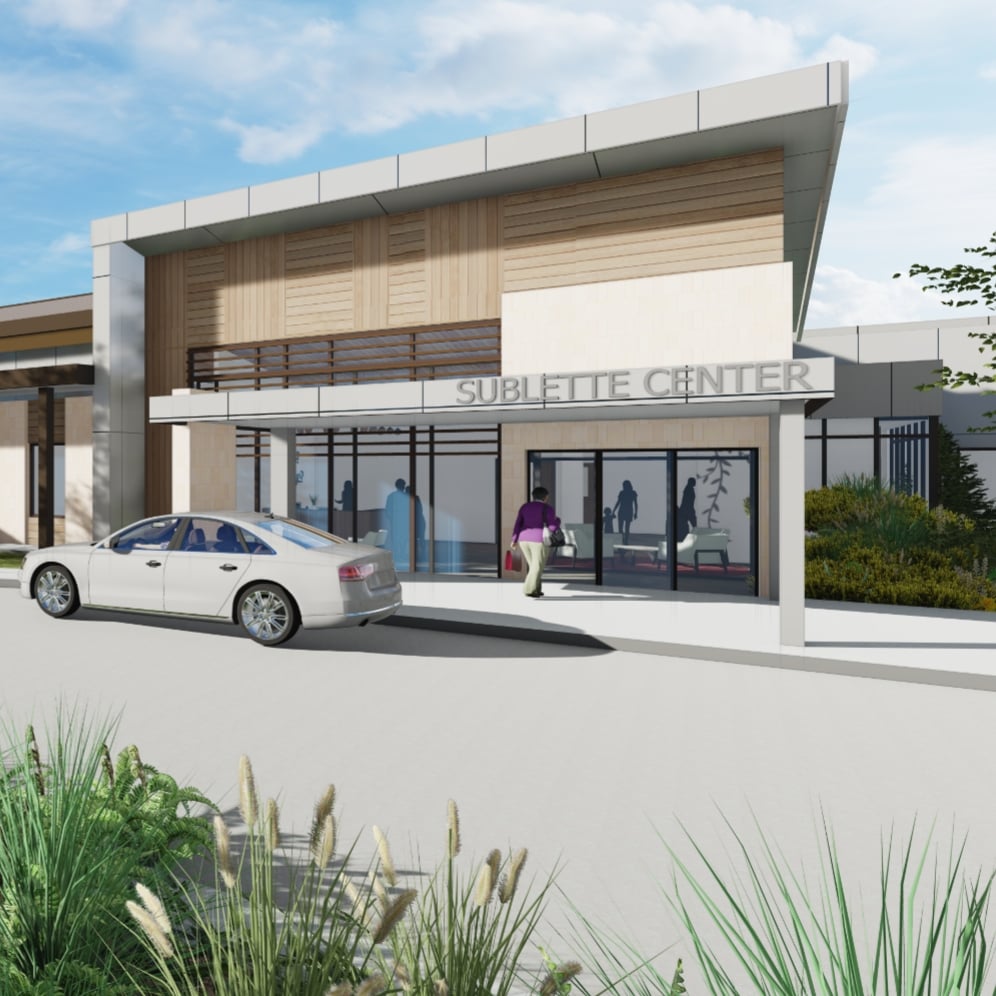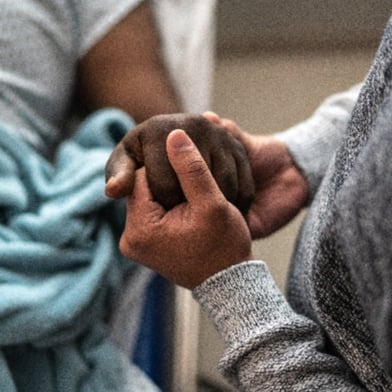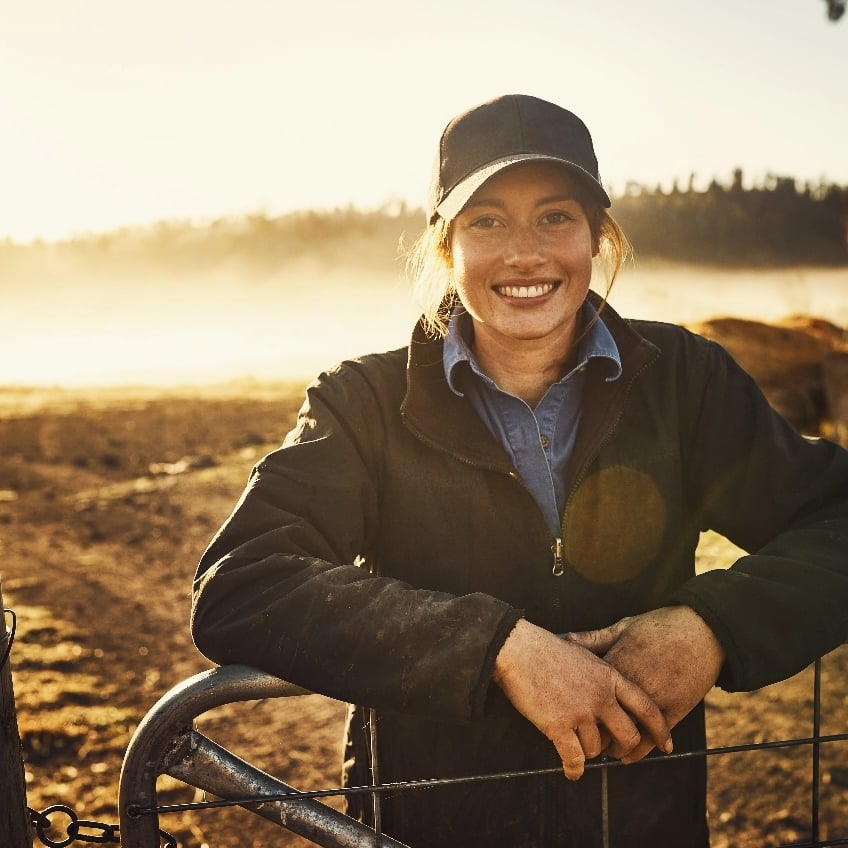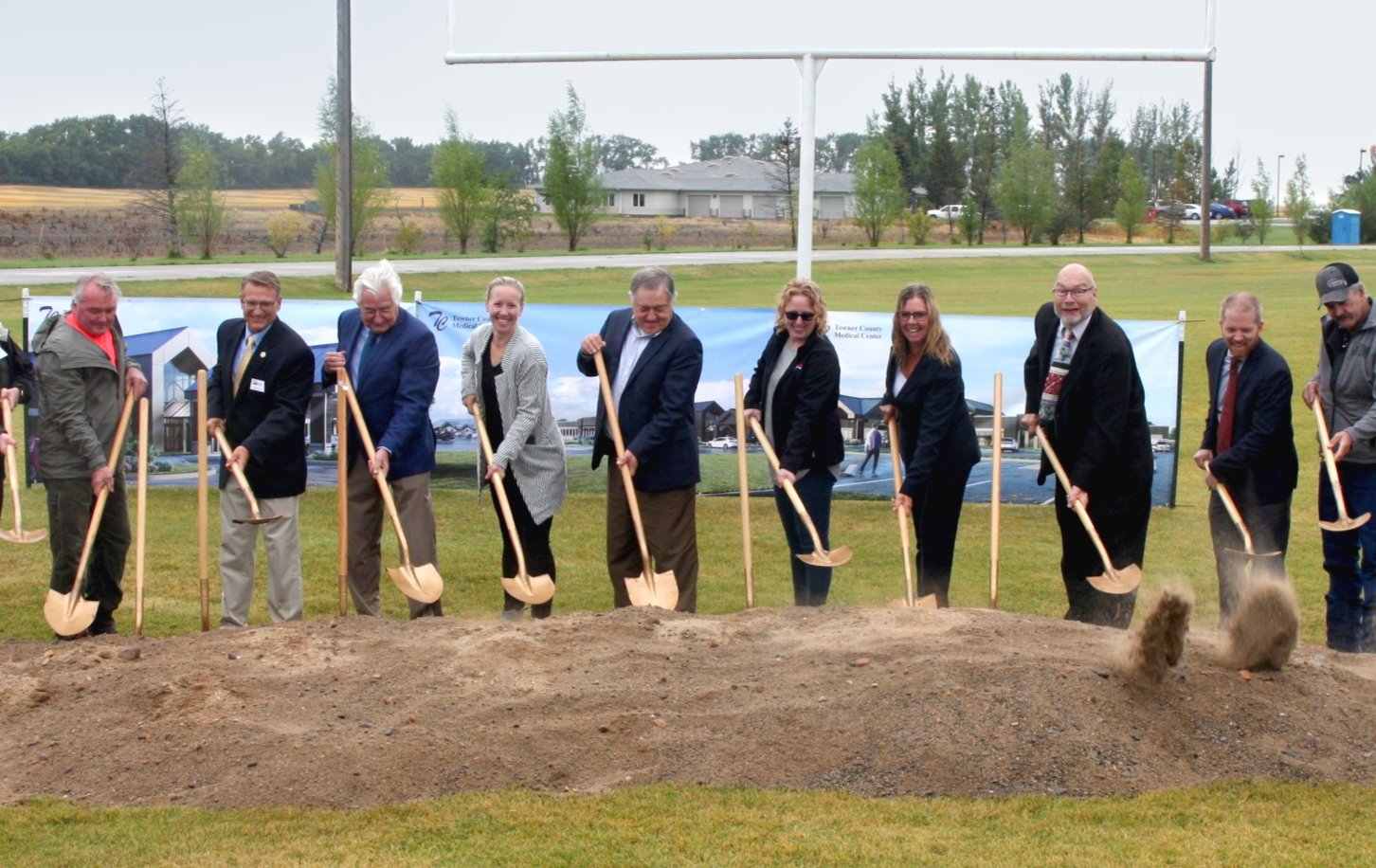Our Team
Current USDA Rate for Quarter 2 of 2024- Read the Latest SCP Newsletter
One in five Americans reside in rural communities, yet these are often the most underserved areas in healthcare.
As collaborators and trusted guides, Stroudwater Capital Partners bridges this critical gap by connecting capital to places of need.


Through direct community partnerships, we make financing accessible to rural hospitals and healthcare systems.
View Projects

Discover available financial opportunities to support the development of healthcare facilities across the country.